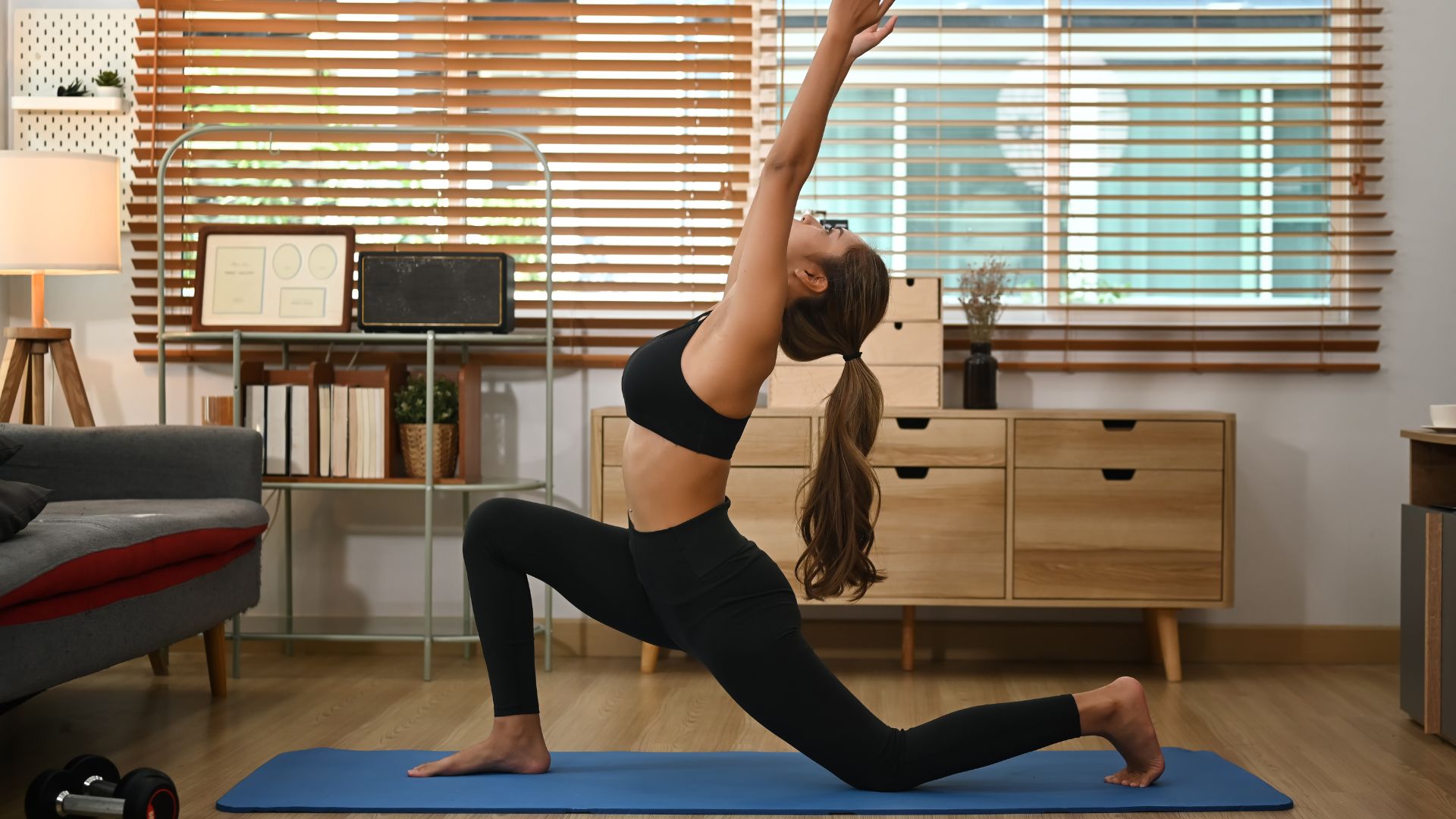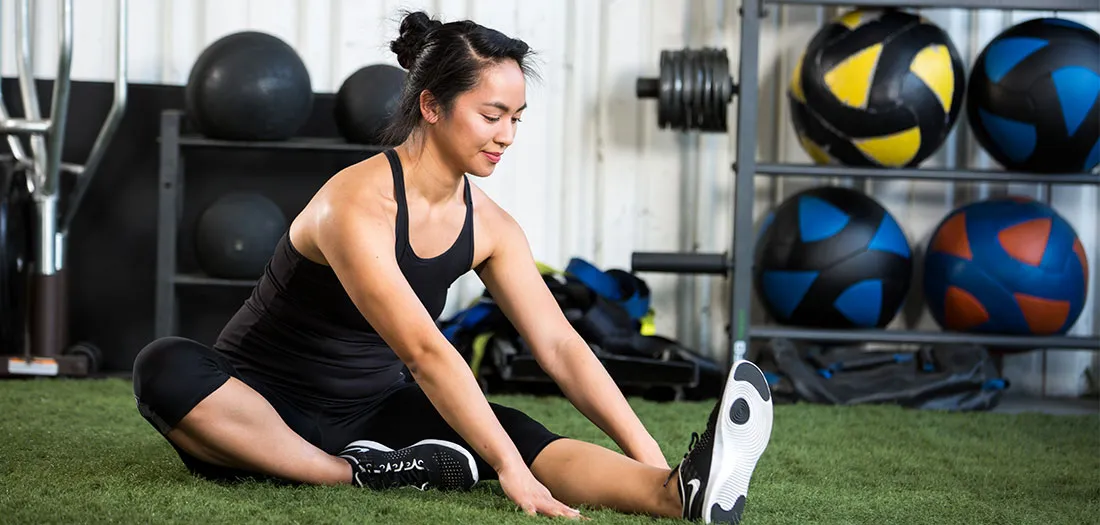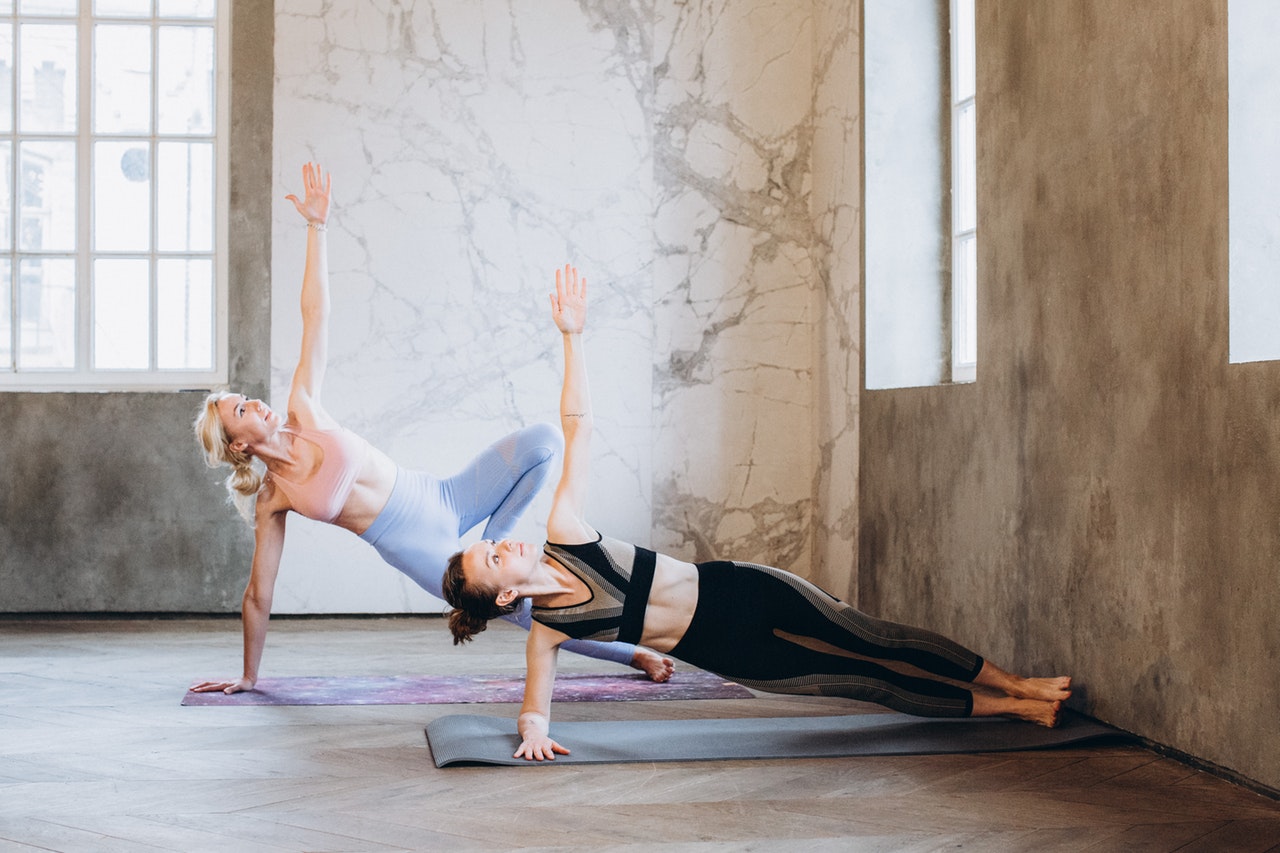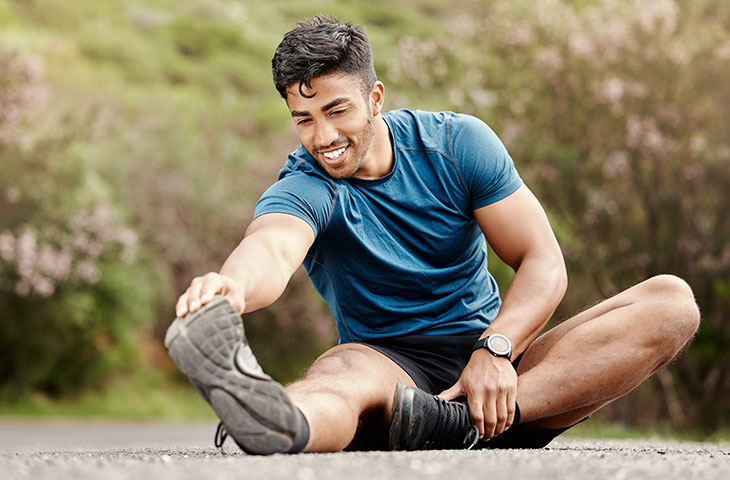Flexibility isn’t just for gymnasts or yogis—it’s a cornerstone of fitness that can transform your daily life. Whether you’re an athlete aiming to boost performance or someone who just wants to move without creaking like an old door, improving flexibility can make a world of difference. This article dives deep into why flexibility matters, how to incorporate it into your routine, and the tools and techniques to get you bending like a willow in no time.
Why Flexibility is the Unsung Hero of Fitness
Flexibility is often overshadowed by strength training or cardio, but it’s the glue that holds your fitness together. It improves your range of motion, reduces injury risk, and even enhances mental well-being. Think of it as the oil in your body’s engine—without it, everything grinds.
The Science Behind Flexibility
Your muscles and connective tissues, like tendons and ligaments, determine how far your joints can move. Regular stretching increases muscle elasticity and joint mobility, which translates to better posture and less stiffness. Studies, like those from the Journal of Strength and Conditioning Research, show flexibility training can reduce muscle soreness by up to 40%.
Flexibility and Injury Prevention
Tight muscles are like brittle rubber bands—ready to snap. Stretching regularly strengthens connective tissues and improves joint stability. For example, runners with flexible hamstrings are less likely to suffer from knee or lower back pain, as noted in a 2023 study by the American College of Sports Medicine.
My Journey to Better Flexibility
Let me share a quick story. A few years ago, I could barely touch my toes without my hamstrings screaming. I was a cardio junkie, pounding the treadmill but neglecting stretches. One day, a minor back tweak from a simple squat left me sidelined for weeks. That was my wake-up call. I started dedicating 10 minutes daily to stretching, and not only did my back pain vanish, but I also felt lighter, more energized, and—dare I say—graceful. Flexibility isn’t just physical; it’s a confidence booster.
Benefits of Flexibility for Everyday Life
Why should you care about touching your toes or doing a deep lunge? Because flexibility impacts more than just workouts. It’s about moving through life with ease, whether you’re picking up groceries or chasing your dog.
Physical Benefits of Flexibility
- Improved Posture: Stretching your chest and hip flexors counters the hunch from desk jobs.
- Reduced Muscle Tension: Looser muscles mean less daily aches and pains.
- Enhanced Athletic Performance: Greater range of motion boosts power in movements like squats or serves.
- Better Balance: Flexible joints improve stability, reducing fall risk, especially as you age.
Mental and Emotional Perks
Stretching isn’t just for your body—it’s a mini-vacation for your mind. A 2024 study in Frontiers in Psychology found that regular stretching reduces stress by lowering cortisol levels. Plus, there’s something oddly satisfying about nailing a deep stretch after a long day.
Types of Stretching: Which One’s Right for You?
Not all stretches are created equal. Depending on your goals, different techniques offer unique benefits. Here’s a breakdown to help you choose.
| Type of Stretch | Best For | When to Do It | Example |
|---|---|---|---|
| Static Stretching | Improving overall flexibility | Post-workout or evening routine | Hamstring stretch (holding a toe touch for 20–30 seconds) |
| Dynamic Stretching | Warming up muscles | Pre-workout | Leg swings or arm circles |
| PNF Stretching | Rapid flexibility gains | With a partner or trainer | Contract-relax hamstring stretch |
| Active Stretching | Building strength and flexibility | During yoga or Pilates | Holding a warrior pose |
Static Stretching: The Classic Approach
Static stretching involves holding a stretch for 15–60 seconds. It’s perfect for cooling down after a workout or unwinding at night. Try a seated forward fold to loosen your hamstrings—just don’t bounce, or you’ll risk straining something.
Dynamic Stretching: Get Moving
Dynamic stretches are active movements that prep your muscles for action. Think leg swings or walking lunges. They’re ideal before a run or gym session to get your blood flowing without compromising muscle power.
PNF Stretching: The Advanced Option
Proprioceptive Neuromuscular Facilitation (PNF) involves contracting and relaxing muscles during a stretch. It’s intense but effective for quick gains. For example, a partner-assisted hamstring stretch where you push against resistance can yield results in weeks.
How to Start a Flexibility Routine
Ready to get bendy? You don’t need a yoga studio or fancy gear—just a plan and some consistency. Here’s how to kick things off.
Step 1: Assess Your Current Flexibility
Try this: sit on the floor with legs extended and reach for your toes. Can you touch them? Barely graze your shins? This baseline helps you track progress. Apps like StretchIt or Grok Fitness (available on iOS/Android) offer guided assessments.
Step 2: Set Realistic Goals
Start small—aim for 10 minutes of stretching 3–5 times a week. Want to do the splits? That’s a 6–12-month journey for most. Be patient; flexibility is a marathon, not a sprint.
Step 3: Create a Balanced Routine
Target major muscle groups: hamstrings, quads, hip flexors, shoulders, and back. A sample 10-minute routine might include:
- Hamstring Stretch: Sit and reach for your toes (30 seconds per side).
- Hip Flexor Stretch: Lunge with one knee on the ground (30 seconds per side).
- Chest Opener: Clasp hands behind your back and lift (20 seconds).
- Spinal Twist: Sit cross-legged and twist gently (20 seconds per side).
Tools and Resources to Boost Flexibility
You don’t need much, but a few tools can make stretching more effective and fun. Here’s a comparison of popular options.
| Tool | Pros | Cons | Where to Get |
|---|---|---|---|
| Yoga Mat | Cushions joints, non-slip | Can be bulky | Amazon, Target |
| Foam Roller | Relieves muscle knots | Learning curve | Rogue Fitness, Walmart |
| Resistance Bands | Assists deeper stretches | May snap if overused | Dick’s Sporting Goods |
| Stretching Strap | Precise control for PNF | Limited to specific stretches | Gaiam, eBay |
Best Apps for Flexibility Training
- Yoga for Beginners: Free app with guided stretches for all levels.
- Down Dog: Customizable yoga flows, great for dynamic stretching.
- MyFitnessPal Stretch: Tracks your progress alongside workouts.
Pros and Cons of Flexibility Training
Like any fitness component, flexibility has its highs and lows. Here’s a quick rundown.
Pros:
- Reduces injury risk by up to 30%, per Sports Medicine studies.
- Enhances mobility for daily tasks like bending or reaching.
- Improves mental clarity and relaxation.
- Accessible for all ages and fitness levels.
Cons:
- Requires consistency—results take weeks or months.
- Overstretching can lead to strains if not done properly.
- Time commitment may feel daunting for busy schedules.
Common Mistakes to Avoid
I’ve made my share of flexibility faux pas, like stretching cold muscles (ouch). Here are pitfalls to dodge:
- Skipping Warm-Ups: Cold muscles don’t stretch well. Do 5 minutes of light cardio first.
- Pushing Too Hard: Pain isn’t gain here. Stretch to mild discomfort, not agony.
- Neglecting Balance: Don’t just stretch your hamstrings—hit all major muscle groups.
- Inconsistency: Stretching once a month won’t cut it. Aim for regular sessions.
People Also Ask (PAA)
How long does it take to improve flexibility?
Results vary, but with 10–15 minutes of daily stretching, you’ll notice improvements in 4–6 weeks. Consistency is key, as confirmed by fitness experts at WebMD.
Can you improve flexibility at any age?
Absolutely! A 2024 Journal of Aging Research study found that adults over 60 can significantly boost flexibility with just 3 weekly sessions. It’s never too late to start.
What’s the best time to stretch?
Post-workout is ideal for static stretches, as muscles are warm. Dynamic stretches work best pre-workout. Per Healthline, evening stretches can also aid sleep.
Does flexibility help with weight loss?
Indirectly, yes. Flexibility improves workout efficiency and recovery, letting you exercise more effectively. However, it’s not a direct calorie-burner like cardio.
FAQ Section
How often should I stretch to see results?
Aim for 3–5 sessions per week, 10–15 minutes each. Daily stretching accelerates progress, especially for tight muscle groups like hamstrings or hip flexors.
Can stretching replace other workouts?
No, stretching complements strength and cardio but doesn’t replace them. It enhances recovery and mobility, making other workouts more effective.
What’s the best stretch for beginners?
The seated forward fold is a great starting point. It targets hamstrings and lower back, is easy to modify, and requires no equipment.
Is yoga the same as flexibility training?
Yoga includes flexibility training but also builds strength, balance, and mindfulness. If your goal is purely flexibility, simple stretching routines may suffice.
How do I know if I’m stretching correctly?
You should feel mild tension, not pain. Hold each stretch for 15–30 seconds, breathe deeply, and avoid bouncing. Check resources like Mayo Clinic for form tips.
Where to Go From Here
Ready to start? Check out free resources like Yoga Journal (yogajournal.com) for beginner routines or invest in a stretching strap from retailers like Gaiam. Local yoga studios or community centers often offer flexibility-focused classes—search “yoga near me” on Google Maps. For gear, Amazon’s fitness section has affordable mats and bands. Track your progress with apps like StretchIt to stay motivated.
Final Thoughts
Flexibility isn’t about becoming a human pretzel—it’s about moving better, feeling better, and living better. My own journey from stiff to supple taught me that small, consistent efforts pay off. So, grab a mat, put on some chill music, and give your body the gift of mobility. You’ll be amazed at how good it feels to bend without breaking.




